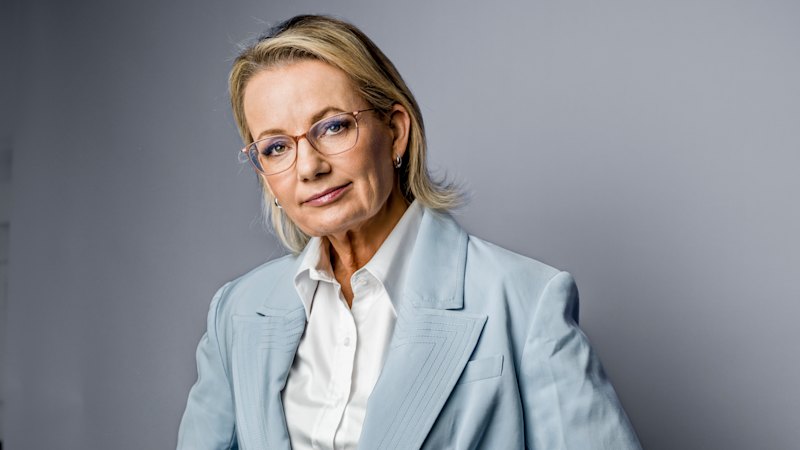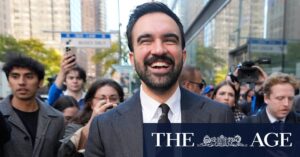
Talk to any Liberal Party member, and at some point, they will pay homage to Robert Menzies, Australia’s longest-serving Prime Minister. In a conversation with Sussan Ley, the Deputy Leader of the Liberal Party, she dismisses comparisons with the U.S. Democrats, asserting that the Liberals need to better articulate their enduring values, unchanged since Menzies’ era.
Albury, with its deep Liberal roots, serves as a poignant backdrop for Ley’s reflections. She points to the Mate’s building, a historic site where Menzies convened a pivotal meeting in December 1944 to establish the party’s foundational structures. However, these structures, once crucial, are now seen by many Liberals as outdated and unfit for the modern era.
The Liberal Party’s Urban Challenge
Menzies envisioned a party championing individual rights and the “forgotten” middle classes. Yet, the suburban middle class has largely abandoned the Liberals. In the 2022 elections, the party lost 12 of its 15 seats in city areas, retaining only a fraction of metropolitan seats. Ley acknowledges the need to reclaim these urban strongholds, stating, “The path to victory is through every single seat, and clearly it’s through metropolitan Australia because we’ve lost so much there.”
New South Wales Senator Kovacic concurs, emphasizing the necessity of winning back Melbourne and Sydney, which lean more progressive on issues like climate change. The Liberals also face the challenge of regaining the support of women, a demographic that has shifted towards progressive parties since the 1996 election.
The Quest to Reconnect with Women
After the 2022 loss, Ley embarked on a “listening” tour to restore women’s faith in the party. She shares her personal experiences as a working mother to resonate with modern women, yet acknowledges the complexity of translating listening into actionable policies. Ley opposes Labor’s proposal for universal childcare, arguing it limits choice and opportunity.
Despite advocating for female representation quotas, Ley’s influence is limited by the party’s internal structures. However, she remains committed to promoting women within the party, a stance supported by Kovacic who anticipates changes in state approaches.
Engaging the Younger Generation
Historically, the Coalition attracted about half of all new voters, but this trend has shifted. According to the Resolve Political Monitor, the average age of a Coalition voter is now 54, compared to 46 for Labor. Professor Ian McAllister attributes this shift to younger Australians’ higher education levels and progressive stances on issues like climate change and multiculturalism.
Ley disputes the notion that the Liberal Party isn’t for young people, arguing that they desire the freedom to shape their lives. Her own journey from rural Queensland to politics underscores her belief in aspiration and opportunity.
Economic Vision and Party Divisions
Ley’s economic philosophy emphasizes reducing spending and debt, promoting private sector growth, and empowering individuals. She criticizes Labor’s approach as high-taxing and high-spending, contrasting it with the Liberal focus on equality of opportunity.
However, the party faces internal divisions over its economic direction. Historian Judith Brett notes a shift in public expectation towards greater government involvement, a sentiment echoed by former Institute of Public Affairs head John Roskam. He argues that the neoliberal paradigm is collapsing, with Labor more attuned to modern Australia’s economic realities.
The Cultural and Political Landscape
As the Liberal Party navigates its identity crisis, cultural and value-based debates loom large. Ley acknowledges the importance of economic reform but remains cautious about engaging in culture wars, focusing instead on economic growth.
NSW Liberal Senator Andrew Bragg highlights the need for substantial economic proposals to regain governmental power, drawing parallels to past ambitious plans like John Hewson’s Fightback! Ley’s leadership is further tested by shifting stances on issues like Palestinian statehood and her call for diplomatic changes, reflecting her evolving political judgment.
Looking Ahead: Ley’s Leadership and Legacy
Ley’s leadership journey is marked by her commitment to the party’s foundational values while adapting to contemporary challenges. Her supporters, including Maria Kovacic, believe she could one day become Prime Minister. However, the path to power is fraught with challenges, requiring a “political earthquake” to reclaim lost ground.
Despite the hurdles, Ley remains focused on revitalizing the Liberal Party, aiming to preserve its legacy for future generations. As one senior frontbencher notes, even if Ley doesn’t become Prime Minister, her role in saving the party would be a significant achievement.
Ultimately, Ley’s success will depend on her ability to unite the party and redefine its place in modern Australia, a task that demands both strategic vision and unwavering dedication.





